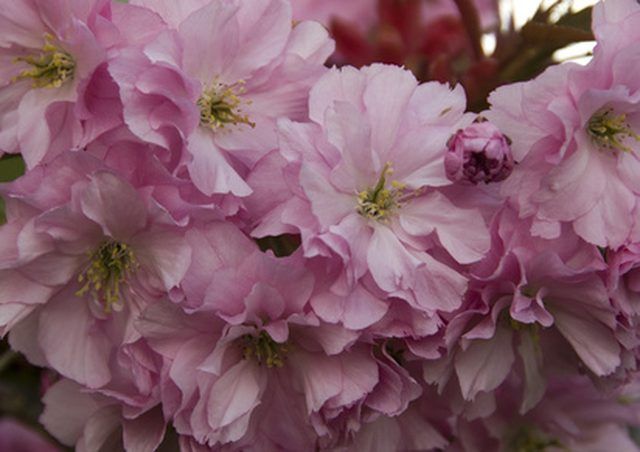Bulbs
Flower Basics
Flower Beds & Specialty Gardens
Flower Garden
Garden Furniture
Garden Gnomes
Garden Seeds
Garden Sheds
Garden Statues
Garden Tools & Supplies
Gardening Basics
Green & Organic
Groundcovers & Vines
Growing Annuals
Growing Basil
Growing Beans
Growing Berries
Growing Blueberries
Growing Cactus
Growing Corn
Growing Cotton
Growing Edibles
Growing Flowers
Growing Garlic
Growing Grapes
Growing Grass
Growing Herbs
Growing Jasmine
Growing Mint
Growing Mushrooms
Orchids
Growing Peanuts
Growing Perennials
Growing Plants
Growing Rosemary
Growing Roses
Growing Strawberries
Growing Sunflowers
Growing Thyme
Growing Tomatoes
Growing Tulips
Growing Vegetables
Herb Basics
Herb Garden
Indoor Growing
Landscaping Basics
Landscaping Patios
Landscaping Plants
Landscaping Shrubs
Landscaping Trees
Landscaping Walks & Pathways
Lawn Basics
Lawn Maintenance
Lawn Mowers
Lawn Ornaments
Lawn Planting
Lawn Tools
Outdoor Growing
Overall Landscape Planning
Pests, Weeds & Problems
Plant Basics
Rock Garden
Rose Garden
Shrubs
Soil
Specialty Gardens
Trees
Vegetable Garden
Yard Maintenance
Cherry Kwanzan Tree Facts
Cherry Kwanzan Tree Facts. “Flowering cherry trees are beautiful and often fragrant,” reports About Cherry Trees. They make an attractive display during blooming season and also work well as the focal point for a lawn. The Kwanzan cherry tree's scientific name is prunus serrulata, and its common name is the Japanese flowering cherry...

"Flowering cherry trees are beautiful and often fragrant," reports About Cherry Trees. They make an attractive display during blooming season and also work well as the focal point for a lawn. The Kwanzan cherry tree's scientific name is prunus serrulata, and its common name is the Japanese flowering cherry tree. The Kwanzan cherry tree’s name comes from a mountain in Japan.
History
The cherry blossom is sometimes unofficially dubbed Japan's national flower. It is rooted deep in Japanese culture. They used cherry blossoms to forecast how crops would do in the coming year. The Japanese have developed many cherry tree varieties over the centuries. All the varieties bloom for a short time with pink or white flowers.
Growth
The Kwanzan cherry tree, often used as an ornamental plant, has a medium growth rate. It reaches about 20 feet tall with a 20-foot branch spread when it is mature. It is vase-shaped, with a spreading crown. By final maturity, the tree is often wider than it is tall. The cherry tree has stout, reddish brown twigs. The buds are also large and reddish brown. The bark is thin and smooth, and ranges in color from red to bronze. It is glossy, with very prominent horizontal lenticels or pores.
Blooms
The unusual flowers are very large compared to other cherry trees, and the blooming period is longer than most other trees. The flowers are very showy, usually with deep coloring, and they bloom in large clumps along the stem beginning in early spring. The Kwanzan variety is very sterile, so typically has no fruit, although the P. serrulata species does grow a small red cherry. Due to the lack of fruit, the tree does not attract wildlife.
Foliage
Unlike all other cherry trees, Kwanzan trees begin to grow leaves while the flowers are still in bloom. As the blooms begin to fade and close up, they leave behind the glossy bark and green foliage. Leaves are often green with a hint of red that fades to yellow, orange or copper in the fall.
Care
The Kwanzan cherry tree is primarily found in Japan, but it will also grow quite comfortably in any part of the United States. Like other flowering cherry trees, these trees like well-drained soil and will bloom fully in full sun. The Kwanzan was first introduced into America in 1903.
Symbolism
Cherry blossoms often are tied to ideas like the beauty and fragility of human life. This is largely due to their intense beauty and short survival span. Philosophers and spiritual leaders often use the flower to illustrate their ideas, and it is commonly used in poetic imagery as well.